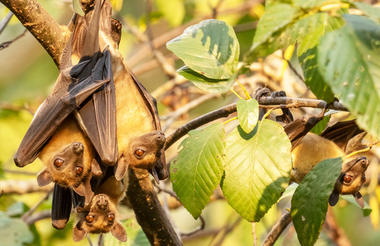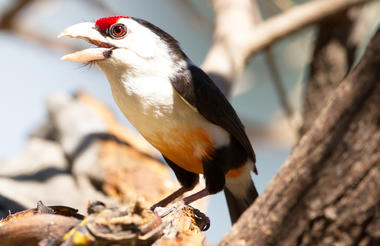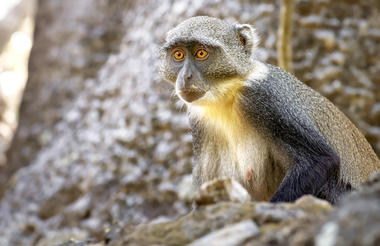Lusaka, Zambia’s cosmopolitan capital, is a typical modern African city. Set on open plains at the heart of the country, northeast of the capital, the city serves as Zambia’s rapidly developing economic and transport hub with new buildings popping up everywhere and many chain stores and shopping malls springing up all over the sprawling suburbs. Lusaka’s wide, tree-lined boulevards feature a range of tourist facilities including hotels, guest houses, coffee shops, fast food outlets, nightclubs, and pubs. Visitor attractions include the Henry Tayali Gallery, showcasing local artworks; The National Museum, covering Zambia's colonial history; the Lilayi Elephant Orphanage; and a number of colourful markets. Don’t miss the popular Munda Wanga Environmental Park where you will find a Wildlife Park and Sanctuary, Botanical Gardens, Recreational Village, and an Environmental Education Centre.
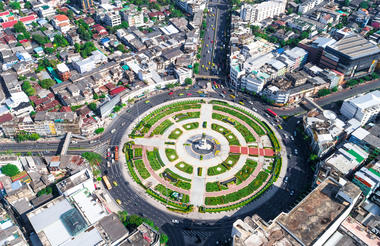
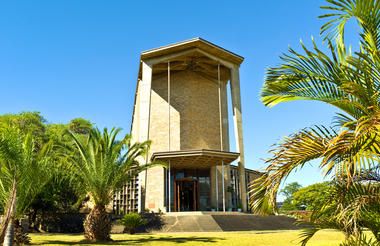
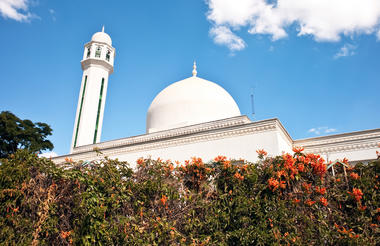
The planet’s most voluminous man-made lake, Kariba is a popular tourist destination that was created in the 1950s when the mighty Zambezi was dammed. It stretches for more than 200 kilometers along the border between Zimbabwe and Zambia, forming a natural boundary between the two countries. The lake’s waters are home to abundant wildlife including; crocodiles, hippos, fish and aquatic birds, while its shoreline and islands are rich with terrestrial game such as elephant and buffalo. It has become one of Zimbabwe’s main tourist attractions offering houseboat holidays, fishing safaris and wonderful game viewing experiences.
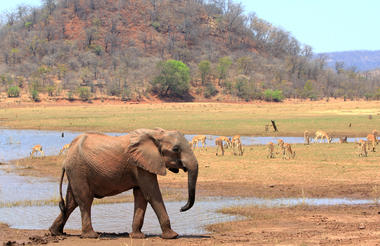
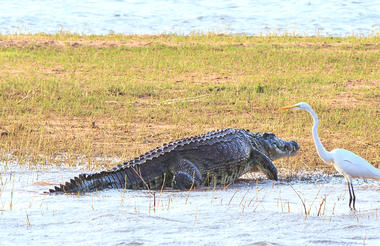
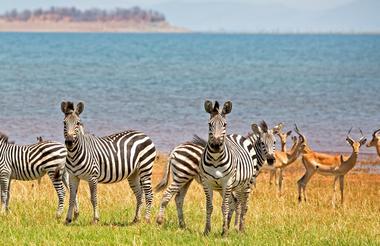
Located on the Zimbabwean border in southern Zambia the Lower Zambezi National Park is known for its exceptional, undeveloped wildlife areas. It is known for its abundant game and a variety of different wildlife can be spotted such as hippos, buffalo, crocodiles, fish eagles and herds of elephants. The landscape features rugged unspoiled wilderness made up of vast floodplains scattered with woodlands. Visitors can look forward to an array of wonderful activities along the Zambezi including game drives, walking safaris, canoe trips, and excellent tiger fishing.
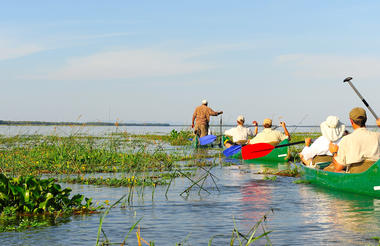
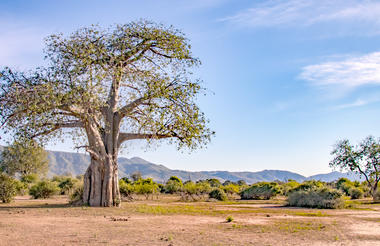
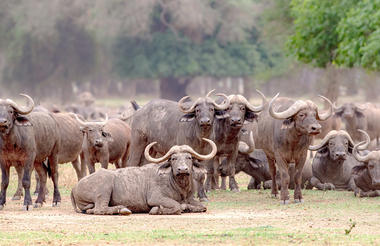
Bordering the Luangwa River, the northern and southern Luangwa National Parks contain some of the most breathtaking and untouched wilderness in Africa. As a result of this and the parks’ successful anti-poaching campaigns, the area has developed into a world-renowned wildlife haven. The South Luangwa National Park is renowned for its walking safari, which allows visitors to view elephant, hippo and even lion close-up under the supervision of professional and knowledgeable armed guides.
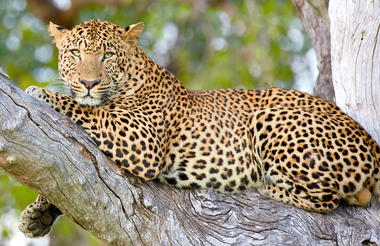
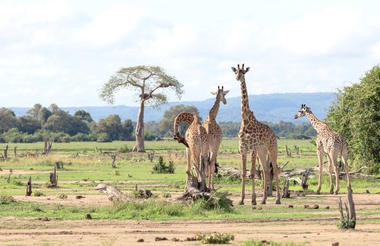
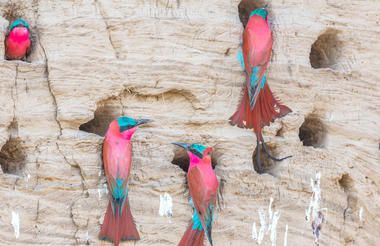
Tourists can only access this magnificent private park via a safari operator, who can take them on exciting walking safaris through the park, where visitors will find themselves surrounded by pristine wilderness. North Luangwa provides a sanctuary for a plethora of wildlife, including buffalo, lion, hyena, wildebeest, bushbuck, zebra, warthog, baboon, puku, elephant, leopard, hartebeest, reedbuck and eland.



Surrounding the Lake Shiwa Ngandu, Ishiba Ng'Andu Nature Reserve offers a landscape of hills, lush tropical vegetation and ancient archaeological sites. Relax in the warm bubbles of the Kapishya natural hot spring, picnic on its white sands or watch where it becomes the glorious Chusa Falls, plummeting down into rapids which provide a perfect spot for rafting. Hikers can take the three-hour climb up Nachipala Bareback Hill to see unrivalled vistas of Lake Shiwa Ngandu, where later they can enjoy a range of boat tours for some excellent birdwatching and fishing. Visit an iron age archaeological site, visit the local farms, explore the area on horseback, or go searching for a glimpse of the rare Sitatunga antelope and tiny Blue Duiker.



The greater Bangweulu basin consists of Bangweulu lake and swamp, which are fed by a host of rivers and drained by the Luapula, one of the tributaries of the Congo. David Livingstone described the Bangweulu floodplain as 'a world of water and anthills'. Visitors lucky enough to visit during nesting season can spot the prehistoric Shoebill bird by mokoro or canoe as well as hundreds of other species. Known also as a hold out of the regionally endemic black lechwe, the wetlands are always alive with movement and the sound thousands of lechwe crashing through the waters. Combine this incredible landscape with the subsistence fishing communities which seasonally migrate in and out of the floodplains and you have a genuine example of strong community conservation. Sunrise over the Bangweulu wetlands guarantees the most stunning start to the African day, and it is a place that will resonate with you long after you leave.
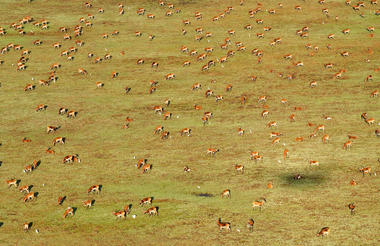

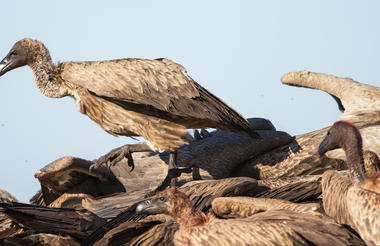
Kasanka National Park is one of the most picturesque parks in Zambia and is open all year round. It contains a rich diversity of animal, bird and plant life including several rare species including sitatunga, wattled crane, Ross’s Lourie and Blue Monkeys. Kasanka is also host to a unique congregation of several million straw-coloured fruitbats every November and December. Witness this spectacle of these bats at dusk and dawn, filling the skies as far as the eye can see. Kasanka also offers a variety of activities including cycling, canoeing, guided walks, game drives, bat experiences and more. Various outings to the surrounding areas can be arranged and visits to interesting sites such as the David Livingstone Memorial, Nsalu Caves decorated by ancient rock paintings and the tumbling Kundalila Falls.
